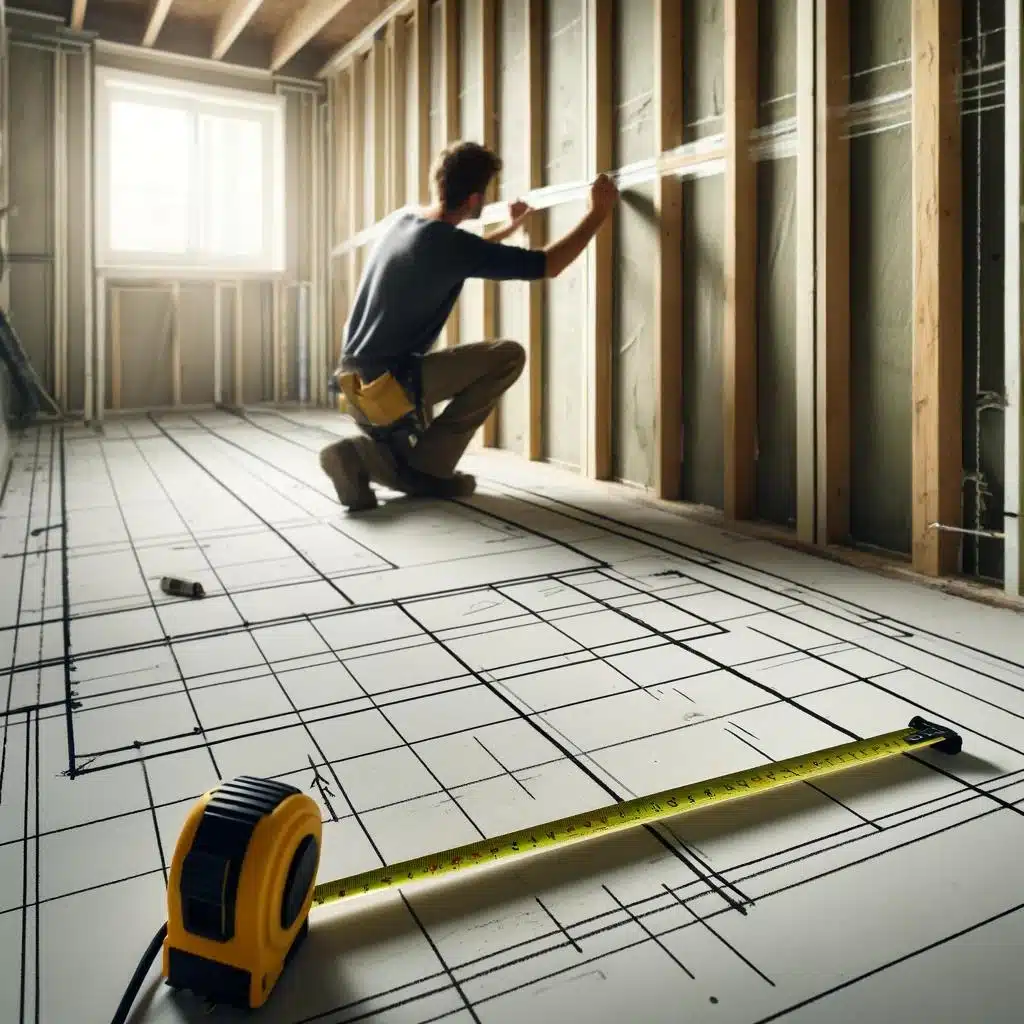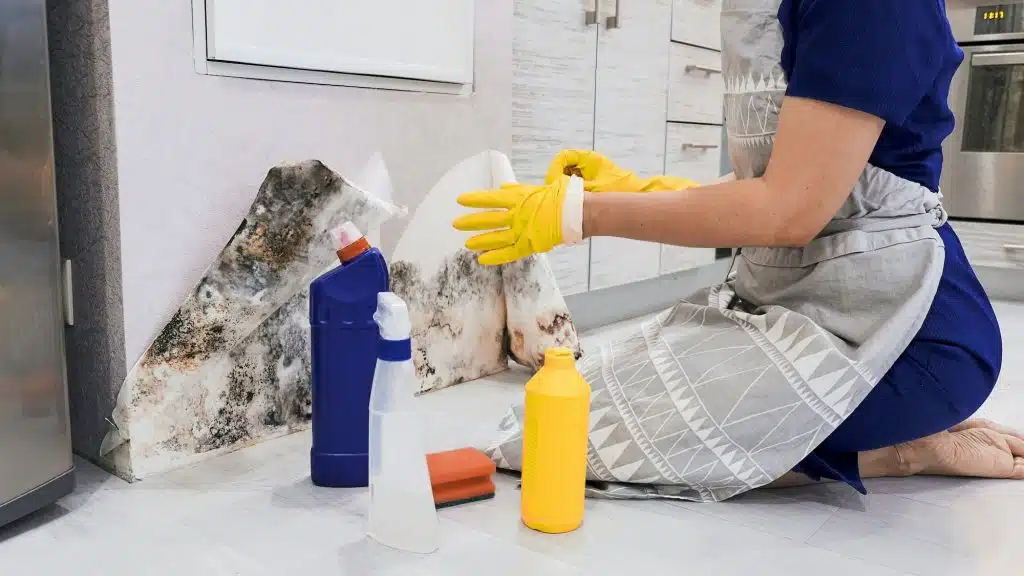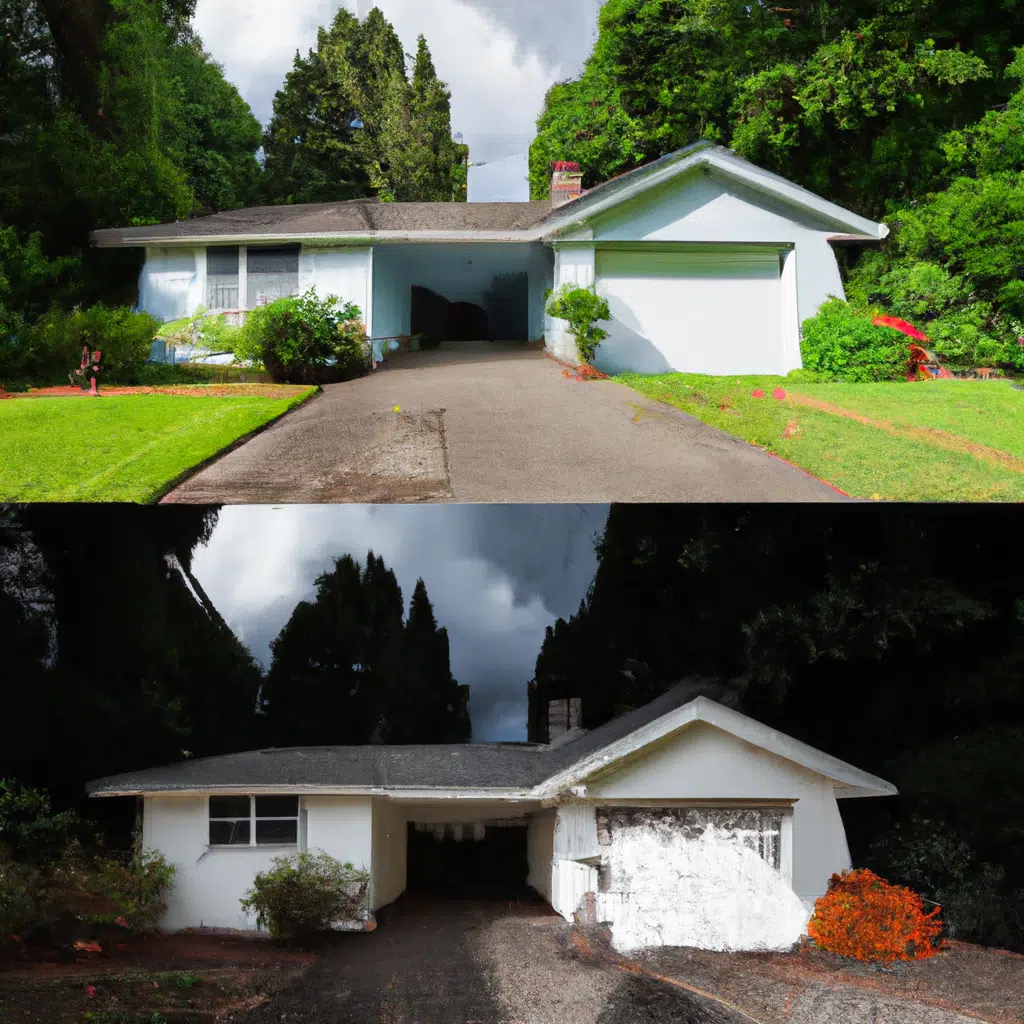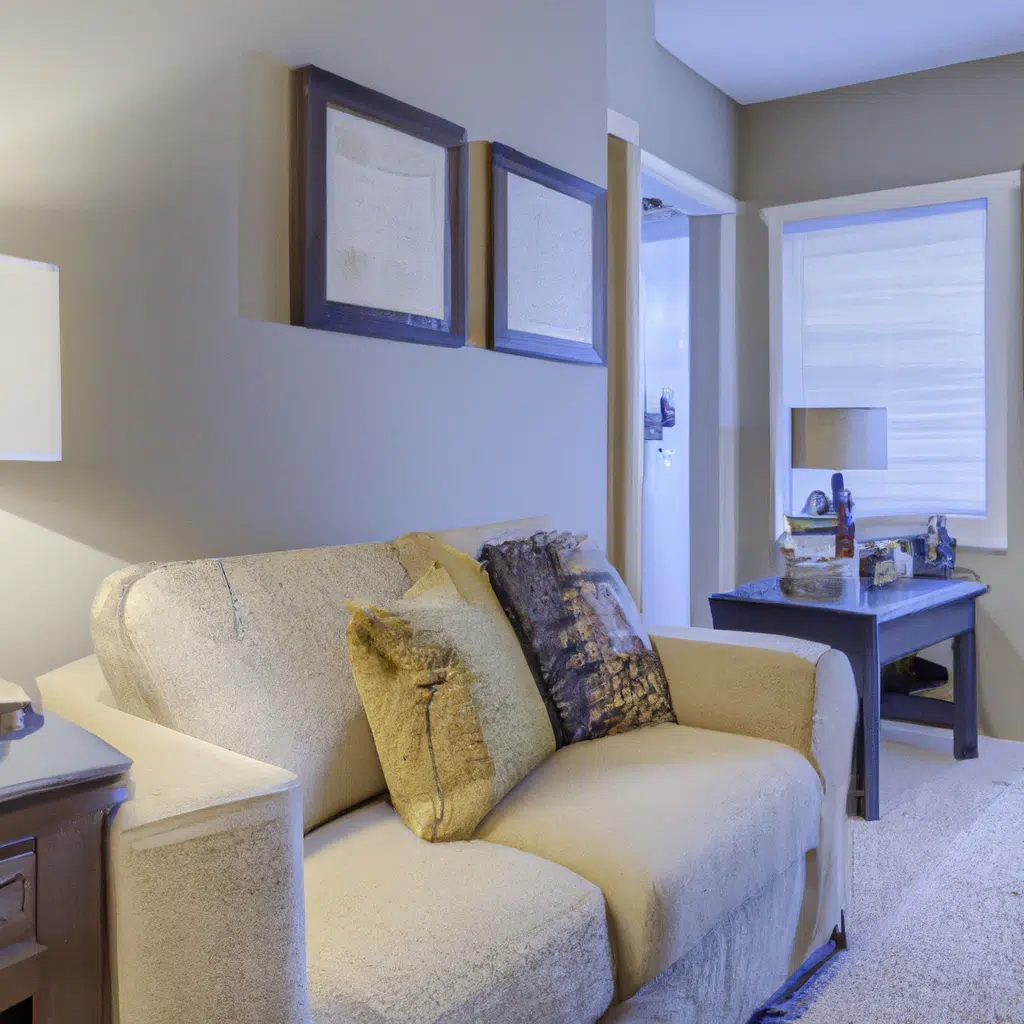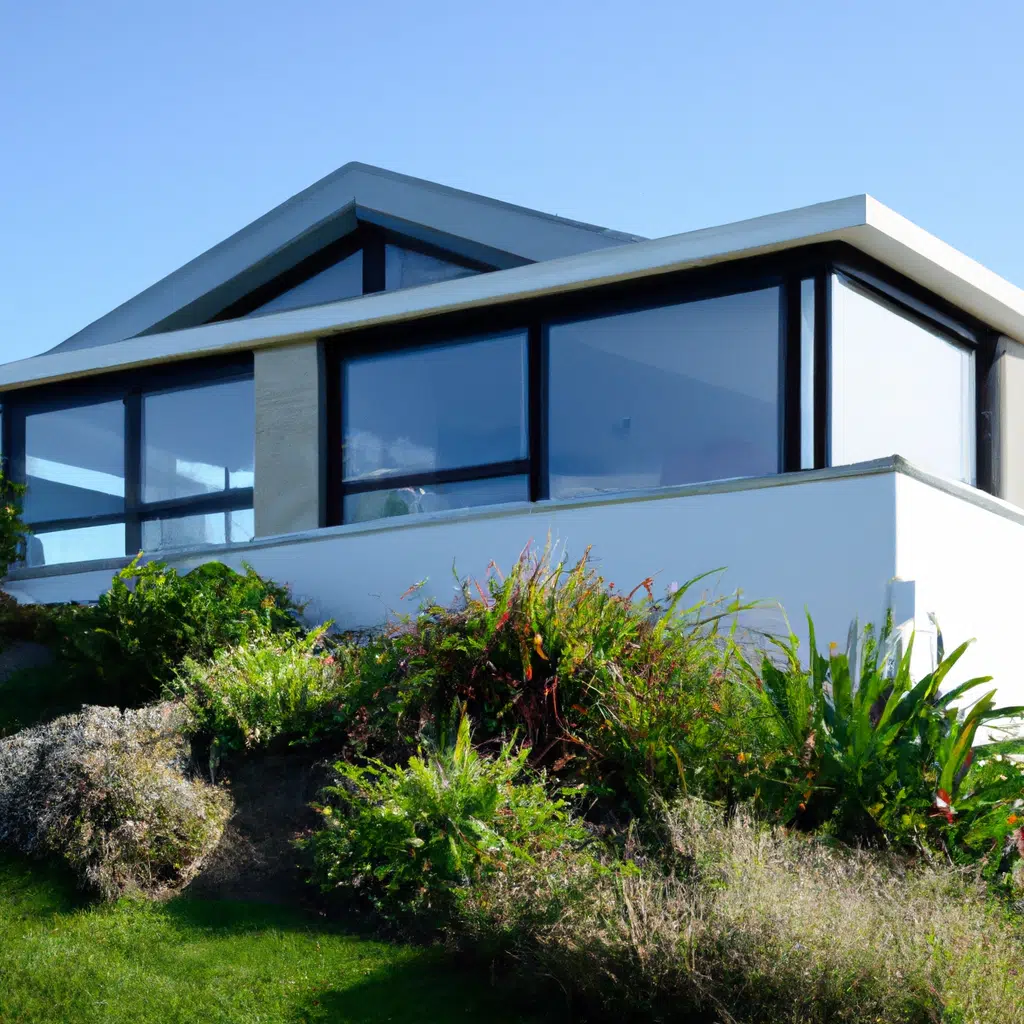
If you’re looking to build a home that is sustainable and eco-friendly, then a green roof is an excellent option to consider. Not only do green roofs provide a range of environmental benefits, but they can also help to reduce your energy bills and increase the value of your home. In this ultimate guide, we’ll take a closer look at the process of building a home with a green roof and explore the benefits that this type of roof can offer.
What is a Green Roof?
A green roof, also known as a living roof, is a roof that is covered with vegetation. Instead of traditional roofing materials such as shingles or tiles, a green roof is covered with a layer of soil and plants. There are two main types of green roofs: intensive and extensive. Intensive green roofs are designed to support a wide range of vegetation, including trees and shrubs, while extensive green roofs feature low-growing plants such as sedums.
Green roofs offer a range of environmental benefits, including:
- Reducing the urban heat island effect
- Improving air quality
- Providing habitat for wildlife
- Reducing stormwater runoff
- Insulating the building
- Extending the lifespan of the roof
Planning a Green Roof
Before you start building a green roof, it’s important to do some planning. Here are the steps you’ll need to take:
Determine the Load-Bearing Capacity of the Roof
Green roofs can be heavy, so it’s important to make sure that the roof can support the weight of the vegetation, soil, and any other materials that will be used. You’ll need to hire a structural engineer to determine the load-bearing capacity of the roof.
Choose the Type of Green Roof
As mentioned earlier, there are two main types of green roofs: intensive and extensive. The type of green roof you choose will depend on the load-bearing capacity of the roof, the climate in your area, and the type of vegetation you want to grow.
Choose the Vegetation
When choosing the vegetation for your green roof, it’s important to consider the climate in your area and the amount of sunlight the roof will receive. You’ll need to choose plants that are drought-resistant and can thrive in the conditions on your roof.
Choose the Growing Medium
The growing medium is the material that the plants will grow in. It’s important to choose a high-quality growing medium that will provide the plants with the nutrients they need to thrive.
Building a Green Roof
Once you’ve done your planning, it’s time to start building your green roof. Here are the steps you’ll need to take:
Install Waterproofing
Before you can install the green roof, you’ll need to make sure that the roof is waterproof. This will help to prevent leaks and water damage.
Install Drainage
A green roof needs to be able to drain excess water, so it’s important to install a drainage layer. This layer will help to prevent water from pooling on the roof and damaging the plants.
Install Growing Medium
Once the drainage layer is in place, you can add the growing medium. This is the layer of soil that the plants will grow in.
Install Vegetation
Finally, it’s time to install the vegetation. This is the layer that will give your green roof its distinctive look. Make sure to choose plants that are appropriate for your climate and that will thrive in the conditions on your roof.
Benefits of a Green Roof
Green roofs offer a range of benefits, including:
Environmental Benefits
Green roofs can help to reduce the urban heat island effect, improve air quality, provide habitat for wildlife, and reduce stormwater runoff.
Energy Savings
Green roofs can help to reduce your energy bills by providing insulation for your home. This can help to keep your home cool in the summer and warm in the winter.
Increased Property Value
A green roof can increase the value of your home by providing a unique and eco-friendly feature that sets your home apart from others on the market.
Conclusion
Building a home with a green roof is an excellent way to create a sustainable and eco-friendly living space. By following the steps outlined in this guide, you’ll be able to build a green roof that provides a range of environmental benefits, reduces your energy bills, and increases the value of your home. So why not consider building a green roof for your next home?
